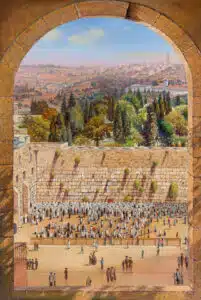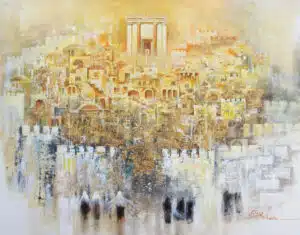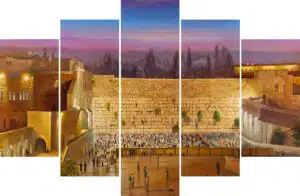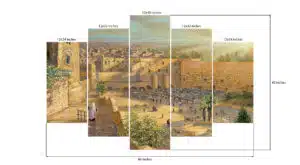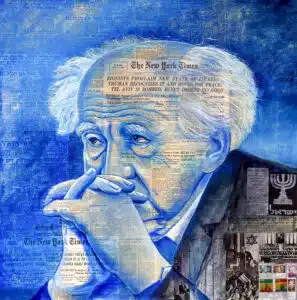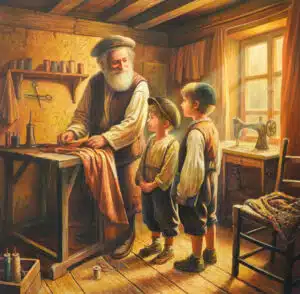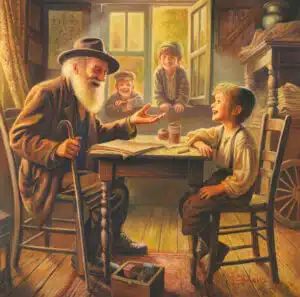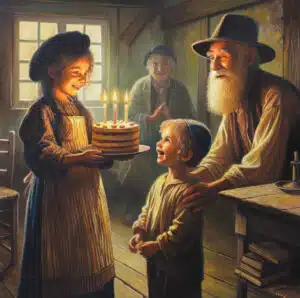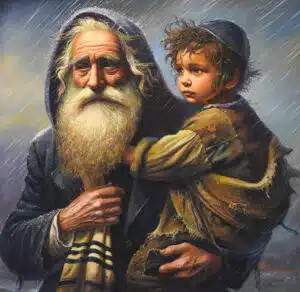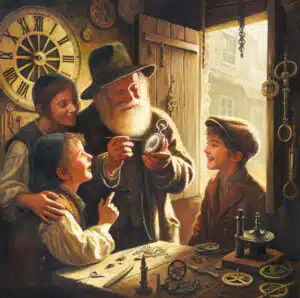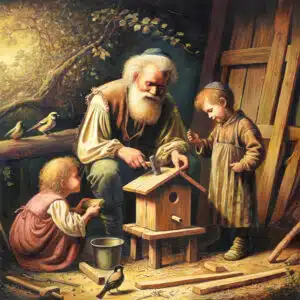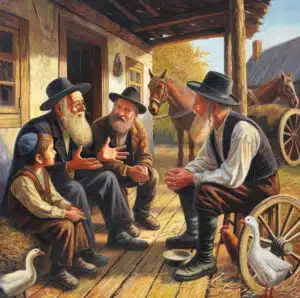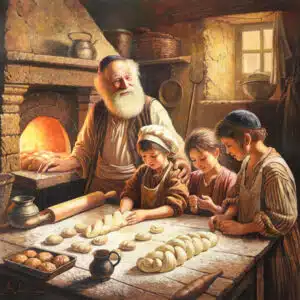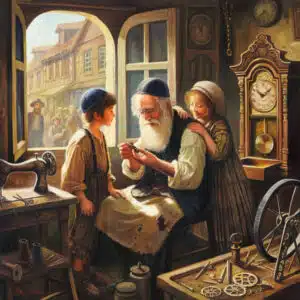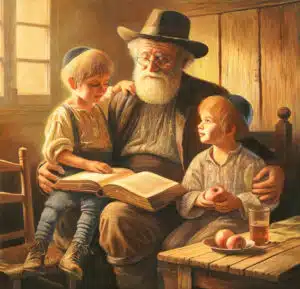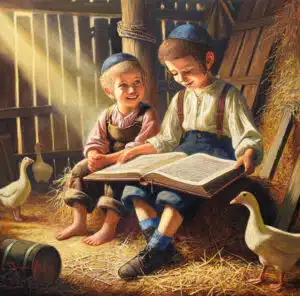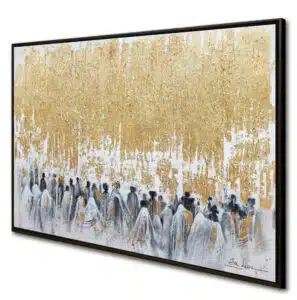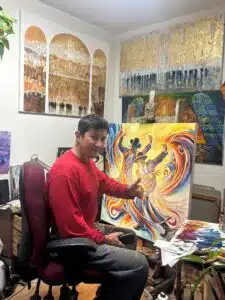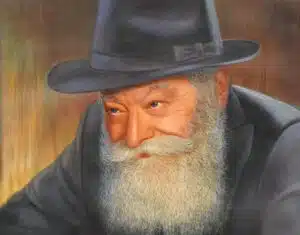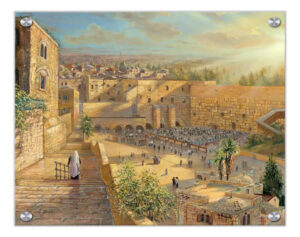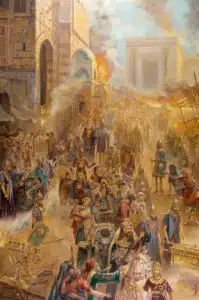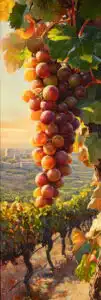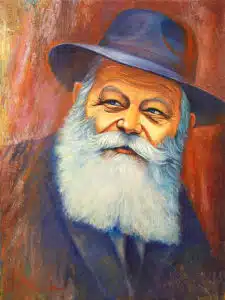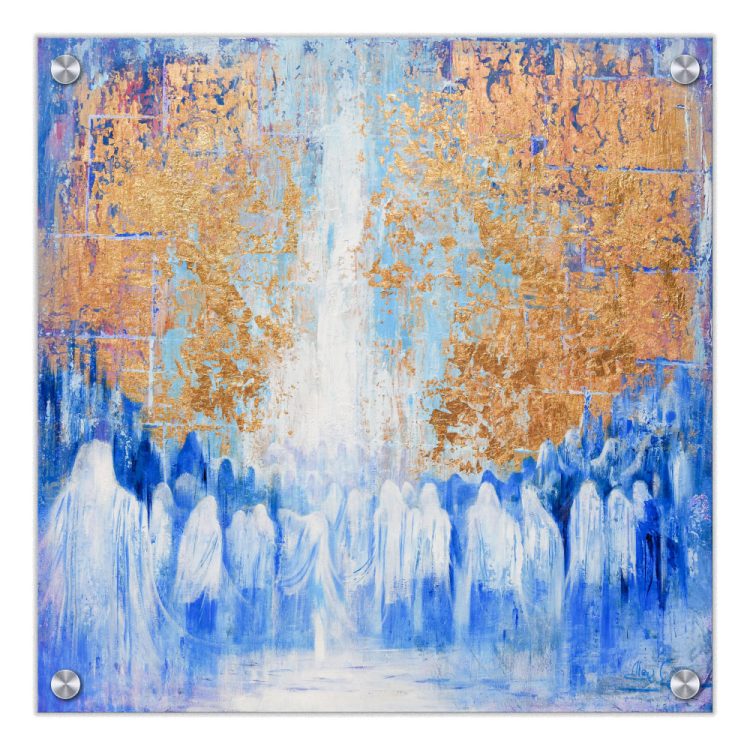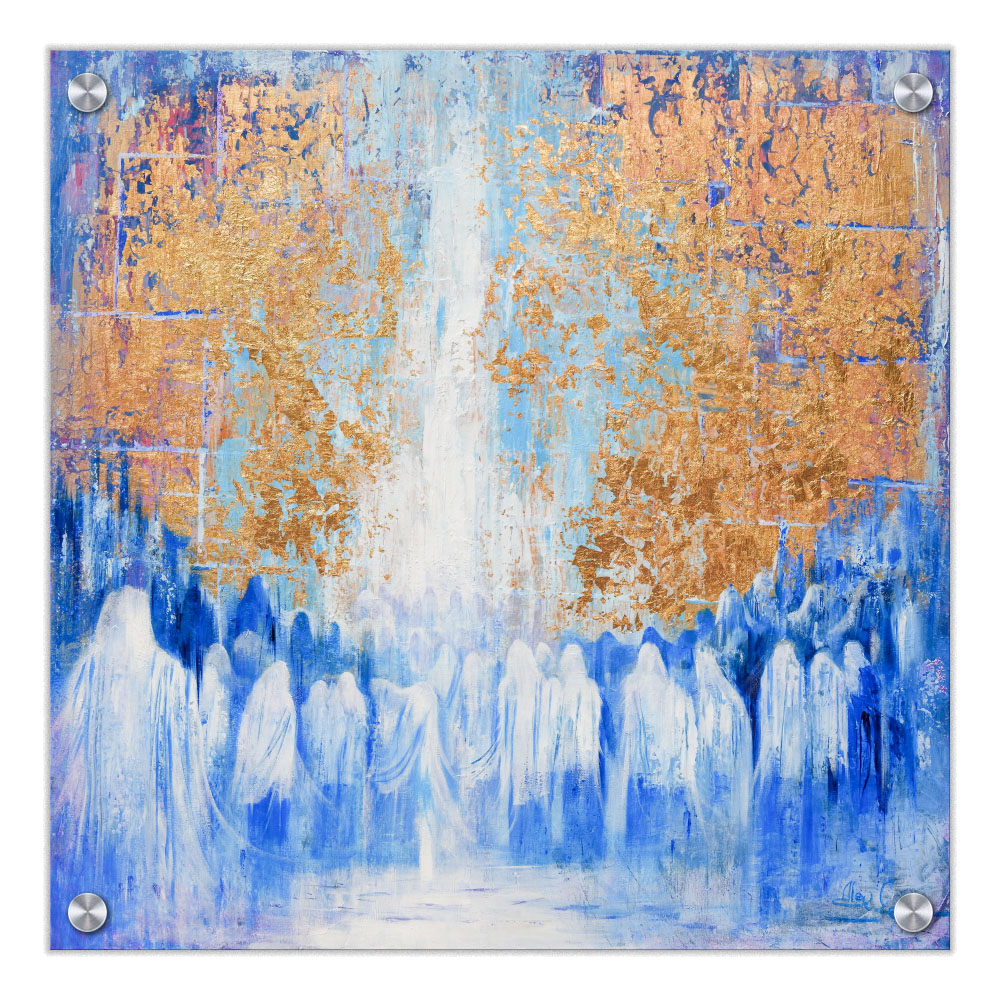
We live in a time when generative AI is reshaping how we make, share and consume images. For artists working in Jewish themes, Israel or Jerusalem landscapes (like you do) this raises many interesting, often unasked-or under-explored questions. Below are real question-posts from forums and Reddit threads, grouped by theme, that reveal what people are wondering — what they’re concerned about — around AI-art, Jewish/Israel/”Jerusalem” imagery. These can serve as inspiration for your blog content, FAQs, website pages, or even painting prompts.
1. Creating & Sharing AI Art of Jewish/Israel Themes
“AI art I made – ‘Shul ha shalom.’ Wish this was real, quite beautiful …” Reddit
“AI generated art on various Jewish themes” Reddit
“AI generated Jewish Picasso Paintings : … Any AI that can generate believable Picasso paintings can also generate paintings by Raphael or Monet.” Reddit
Some of the questions implied by these posts:
-
What prompts or tools are people using to generate Jewish/Israel/Jerusalem themed imagery via AI?
-
How do people feel about the aesthetics vs. authenticity of such AI-derived images?
-
When someone posts “Wish this was real” — what does “real” mean (real place, real feeling, real art)?
-
Is there a difference in moral/ethical acceptance when one is generating an imaginary synagogue vs. a real sacred site like the Western Wall or old Jerusalem cityscape?
2. Accuracy, Context & Cultural Sensitivity
“Ai art: menorah is a candelabra with nine candles. star of David, Eight candles , one candle sits apart by various artists.” Reddit
“Is this Google AI search accurate? Why isn’t ‘Israel’ or …” RedditQuestions and implications here:
-
When AI generates images of Jewish symbols (menorah, Star of David, etc.), how accurate are they? Are there mistakes (e.g., wrong number of candles, wrong architectural details)?
-
How does AI handle naming, historical/geographic context (for example “Israel” vs “Jerusalem”), and what biases or inaccuracies may arise?
-
What does it mean for an AI to “draw Jerusalem”? What assumptions are embedded in the imagery (architecture, light, vegetation, religious symbolism)? How do locals vs outsiders interpret it?
-
Are there deeper implications when the image has religious or sacred connotations — does a “generic” looking AI image of a synagogue or holy place lose the nuance or become culturally insensitive?
3. Ethical, Religious & Artistic Considerations
“Can we do something about the AI content shared here? … AI is not our friend for several reasons. Like no shit that ChatGPT engages in Holocaust denial…” Reddit
“AI art I made … though i’ve read that some rabbis say it (AI art) is not (against Jewish law) because it’s not technically stealing, i think it still is not right. AI art isn’t art it’s proof of human impatience, entitlement, and hypocrisy.” Reddit
“Saw this used as a ‘slam dunk’ against Ai … The person I was arguing with called me a lunatic for EQUATING the two … it’s meant to separate the sentiment of ‘let’s kill’ from ‘AI artists’ and place it in a context where it’s already known to be unacceptable (Jews).” Reddit
These raise important questions like:
-
From a Jewish law (halachic) or tradition perspective: is creating images (especially of sacred scenes, or religious figures) via AI problematic? Does it matter if the image is AI-generated vs hand-painted?
-
From a moral/ethical standpoint: does using AI for culturally significant or religious imagery diminish the human element, or risk cultural appropriation, oversimplification or mis-representation?
-
For an artist: how do you maintain authenticity, respect, depth, while engaging with modern tools like AI? How do you situate your art in a space of reverence vs commercial/market-driven?
-
What about the marketplace, licensing, and how customers (especially religious or culturally aware ones) perceive AI-derived vs original art?
4. Market, Audience & Digital Strategy Questions
Although fewer direct quotes emerged here, they nonetheless reflect underlying user concerns, for example:
-
How do I communicate the “authenticity” of a Jewish/Israel themed painting when some images are AI-generated or assisted?
-
For an English-site targeting Hebrew-speaking customers (you mentioned you have this dual-language mission) how do I phrase my art offerings (“Jerusalem painting”, “Seven Fruits of Israel art”, “Jewish spiritual landscape”, etc.), and how do AI-image-generation tools fit or conflict with this?
-
When customers see the term “AI-generated”, does that affect perception or value (in the Jewish/Israel art market)?
-
If licensing artwork (e.g., your case with the educational publisher) intersects with religious or cultural content, what extra care should be taken when AI involvement is present?
5. Inspiration for Your Own Art & Website Content
Given your work — painting the Seven Fruits of Israel in stained-glass mosaic style, Jerusalem-landscapes, etc — these questions suggest some content/painting-idea prompts:
-
Write a blog post: “When I use AI for initial sketches, how do I ensure the result retains spiritual authenticity?”
-
Create a FAQ: “Why my Jerusalem-landscape oil painting is hand-painted (not AI-generated)” or “How I incorporate ancient symbolism (barley, figs, pomegranates…) with real geography of Jerusalem”.
-
Offer a behind-the-scenes look: “My Midjourney prompt vs final oil painting” (since you already use Midjourney). Address how you refine the AI-sketch, adjust lighting/textures/meaning.
-
Have a section: “Jewish-art tradition meets digital tools: What I learn from AI-generated mistakes (e.g., wrong menorah, odd architecture)”.
-
SEO-friendly blog titles: “Can AI truly capture the soul of Jerusalem?”, “Seven Fruits of Israel: from concept to painting (and what AI prompts can/cannot do)”, “The ethics of AI in Jewish art – what every collector should ask”.
Sample Questions (20+ Specific Posts)
Here’s a curated list of 20+ specific forum or Reddit posts (with quotes) you can reference/promote in your article to show real voice. (You may need to link to original threads if you cite further.)
-
From r/Jewish: “Whats the deal with this AI image?” > “Ive noticed a few random accounts I follow on instagram posting what I assume is an AI image …” Reddit
-
From r/Israel: “I asked AI to draw a depiction of Israel in 2100” > “Pretty sure this happens once we upgrade our space lasers to be handheld…” Reddit
-
From r/Jewish: “AI art I made ‘Shul ha shalom.’ Wish this was real, quite beautiful …” Reddit
- From r/Judaism: “AI generated art on various Jewish themes” > “There’s a website where you can type in a few keywords…” Reddit
-
From r/CrusaderKings: “I’ve heard that ai Jerusalem is a bit of a unicorn.” > “In this case they not only formed Jerusalem, it is dominating the middle east.” Reddit
-
From r/Judaism: “AI generated Picasso Jewish Paintings” > “Any AI that can generate believable Picasso paintings can also generate paintings by Raphael or Monet.” Reddit
-
From r/Jewish: “Can we do something about the AI content shared here?” > “AI is not our friend for several reasons. Like no shit that ChatGPT engages in Holocaust denial…” Reddit
-
From r/Jewish: “Ai art: menorah is a candelabra with nine candles. star of David…” Reddit
- From r/DefendingAIArt: “Saw this used as a ‘slam dunk’ against Ai, but there’s a lot …” > “… it’s meant to separate the sentiment of ‘let’s kill’ from ‘AI artists’ and place it in a context where it’s already known to be unacceptable (Jews).” Reddit
-
(and so on—you can extract more from each thread)
You can expand each of these with your commentary: What does this reveal? How does it matter to an artist or collector of Jewish/Israel themed art?
Key Takeaways for Artists & Marketers
-
Authenticity matters. Even when using AI tools, for sacred or culturally significant themes the human-artist element remains essential.
-
Accuracy counts. Art that uses Jewish symbols or “Jerusalem” landscapes carries layers of meaning; mistakes (e.g., wrong number of candles, incorrect architecture) may distract or offend.
-
Transparency helps. On your website you might include a note about your process (e.g., “initial concept may use digital tools, final painting is entirely oil on canvas”) — this can reassure collectors who care about originality.
-
Content marketing potential. These very questions show what people are curious about — that means blogs, FAQs, social-media posts around “AI & Jewish art”, “Jerusalem in art”, “symbolism of the Seven Fruits” are timely and likely to draw interest.
-
Bilingual/Hebrew angle. Since many of your customers are Hebrew-speaking and in Israel, consider addressing these questions in Hebrew too (“איך משפיע AI על אמנות יהודית?”, “תמונת ירושלים שנוצרה ב-AI – איך מתייחסים אליה?”) to capture that audience.
JEWISH ART
